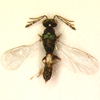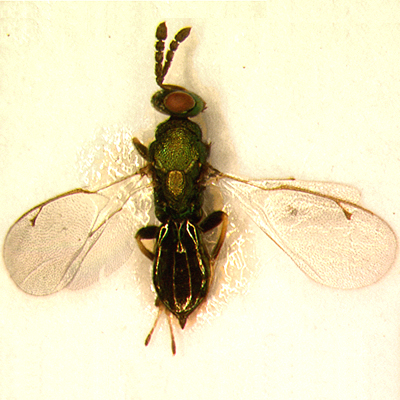 |
|||||||||||||||||||||||||||||||||||||||||||||||||||||||||||||||||||||||||||||||||||||||||||||||
|
|
Home | Open the Key | References | ||||||||||||||||||||||||||||||||||||||||||||||||||||||||||||||||||||||||||||||||||||||||||||
|
|||||||||||||||||||||||||||||||||||||||||||||||||||||||||||||||||||||||||||||||||||||||||||||||
Classification
|
|||||||||||||||||||||||||||||||||||||||||||||||||||||||||||||||||||||||||||||||||||||||||||||||
Subfamily Tribe |
|||||||||||||||||||||||||||||||||||||||||||||||||||||||||||||||||||||||||||||||||||||||||||||||
Diagnosis
|
|||||||||||||||||||||||||||||||||||||||||||||||||||||||||||||||||||||||||||||||||||||||||||||||
|
|
||||||||||||||||||||||||||||||||||||||||||||||||||||||||||||||||||||||||||||||||||||||||||||||
| |
|||||||||||||||||||||||||||||||||||||||||||||||||||||||||||||||||||||||||||||||||||||||||||||||
Distribution |
|||||||||||||||||||||||||||||||||||||||||||||||||||||||||||||||||||||||||||||||||||||||||||||||
|
The species of this genus were recorded in Holarctic, Mesoamerican, Middle East, Neotropical, Oriental and regions (Noyes, 2001). |
|||||||||||||||||||||||||||||||||||||||||||||||||||||||||||||||||||||||||||||||||||||||||||||||
| |
|||||||||||||||||||||||||||||||||||||||||||||||||||||||||||||||||||||||||||||||||||||||||||||||
Biology |
|||||||||||||||||||||||||||||||||||||||||||||||||||||||||||||||||||||||||||||||||||||||||||||||
|
The species of this genus are mainly primary
parasitoids of several Lepidoptera (Arctiidae, Argyresthiidae,
Carposinidae, Coleophoridae, Gelechiidae, Pyralidae, Psychidae,
Scythridae, Tortricidae, Thaumetopoeidae, Yponomeutidae). Other
hosts are Diptera Tephritidae and Ephydridae. |
|||||||||||||||||||||||||||||||||||||||||||||||||||||||||||||||||||||||||||||||||||||||||||||||
| |
|||||||||||||||||||||||||||||||||||||||||||||||||||||||||||||||||||||||||||||||||||||||||||||||
| |
|||||||||||||||||||||||||||||||||||||||||||||||||||||||||||||||||||||||||||||||||||||||||||||||
Comments |
|||||||||||||||||||||||||||||||||||||||||||||||||||||||||||||||||||||||||||||||||||||||||||||||
|
Dicladocerus belongs to the Eulophini
due to the following characters: funicle 3-4 segmented, propleura
meeting posteriorly and covering prosternum, 2 pairs of scutellar
setae and 3 or more setae on submarginal vein, postmarginal vein
at least 1.5 times length of stigmal vein. Within the Eulophini,
Dicladocerus is a relatively easy genus to recognise:
the combination of funicle 3-segmented in female and the male
antenna with 2 branches is not very common. Sometimes Pnigalio
has a 3-segmented female funicle as well (Yoshimoto,
1983), but the male funicle always has 3 branches.
Dicladocerus may be distinguished from the other Eulophini genera attacking leafmining flies using the following characters: it has a pair of longitudinal lines on scutellum (absent in Hemiptarsenus, Pnigalio and Sympiesis), doesn’t have costula on the propodeum (present in Pnigalio and Ratzeburgiola) and doesn’t have 2 median carinae (H-or X-shaped) on the propodeum (present in Stenomesius). Keys to Dicladocerus are available for North American (Yoshimoto, 1976) and for Indian species (Khan, 1995). |
|||||||||||||||||||||||||||||||||||||||||||||||||||||||||||||||||||||||||||||||||||||||||||||||


